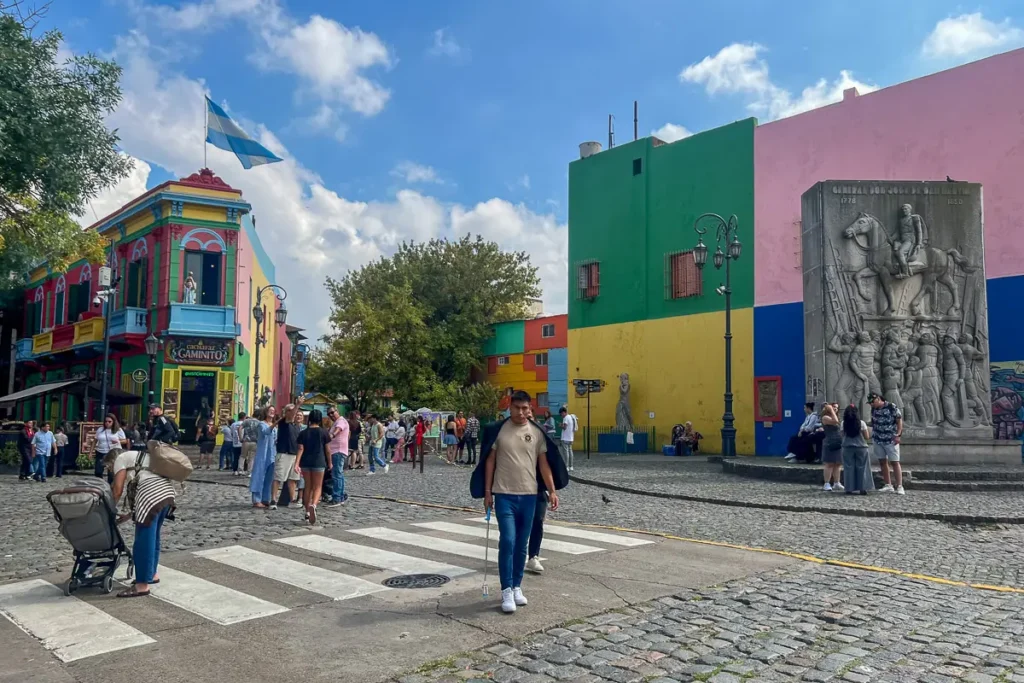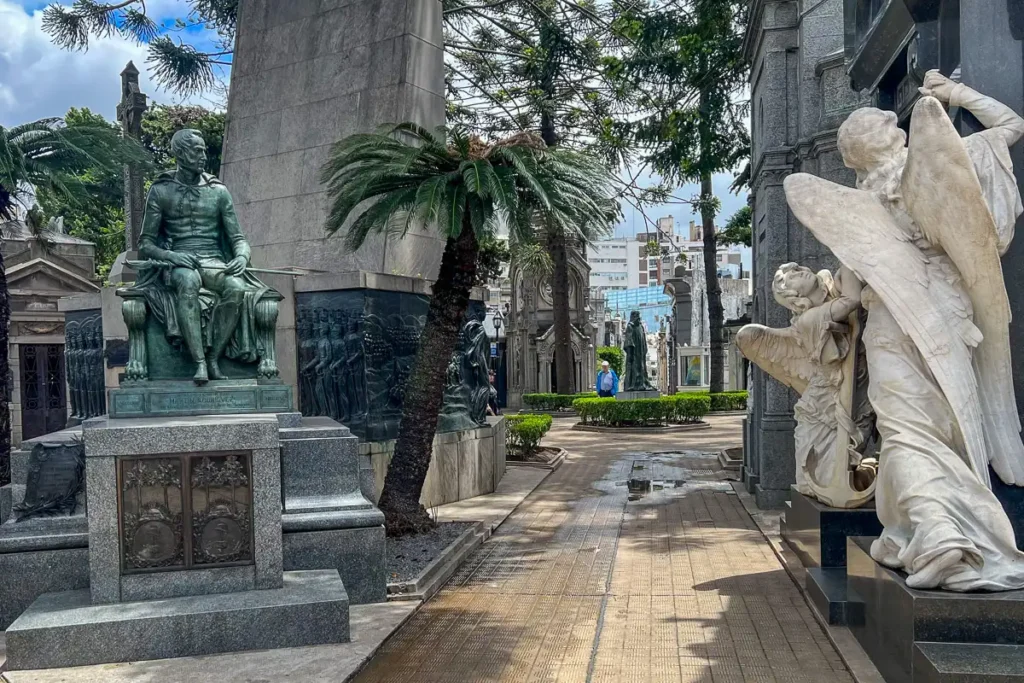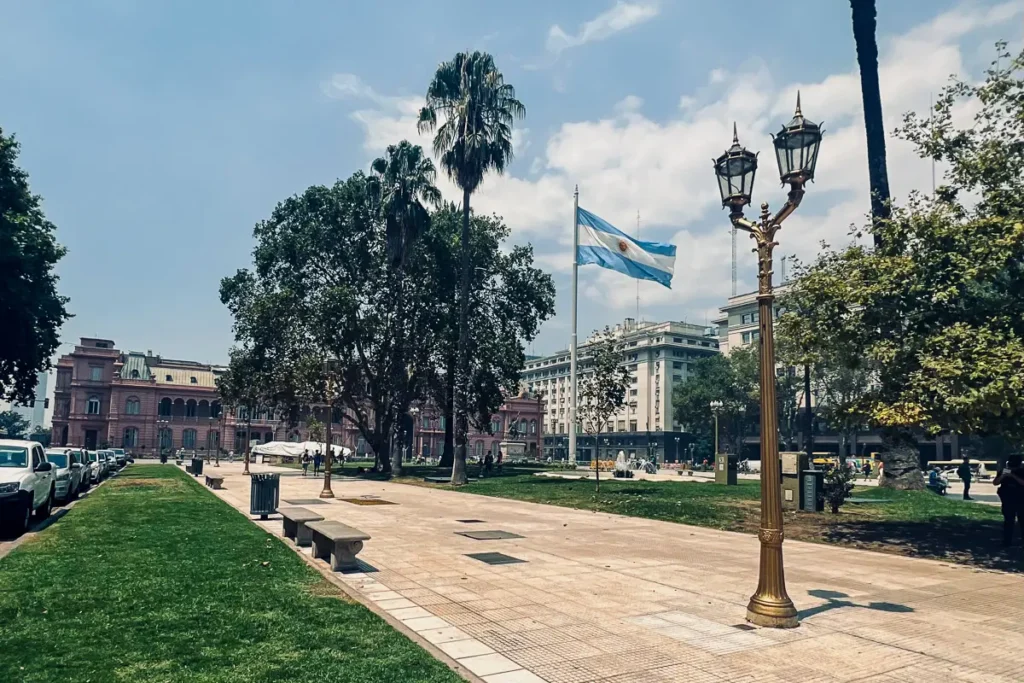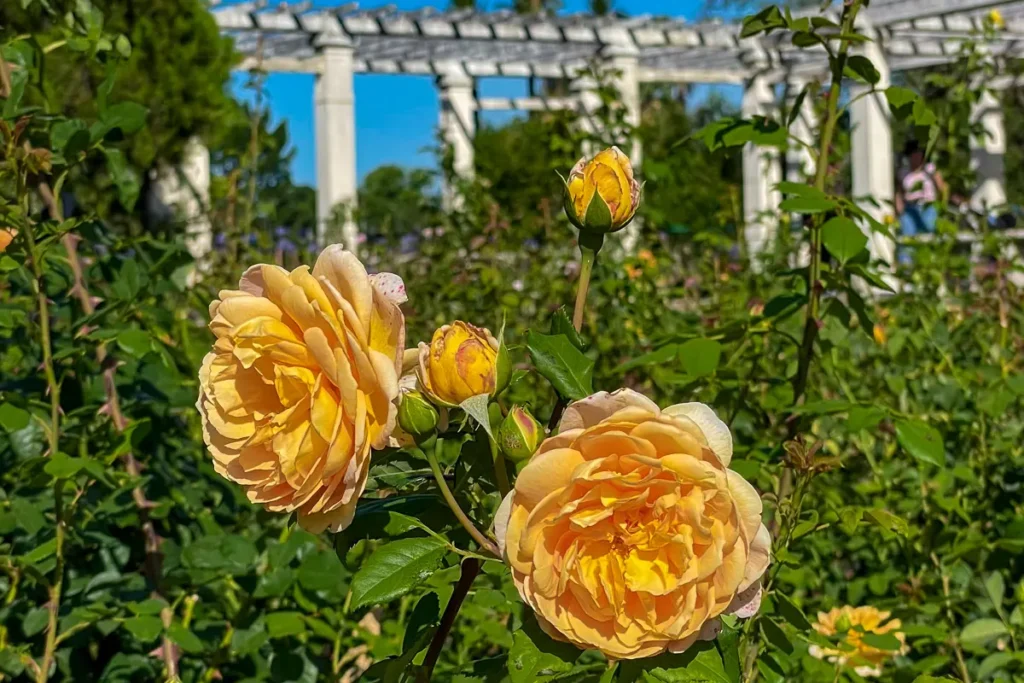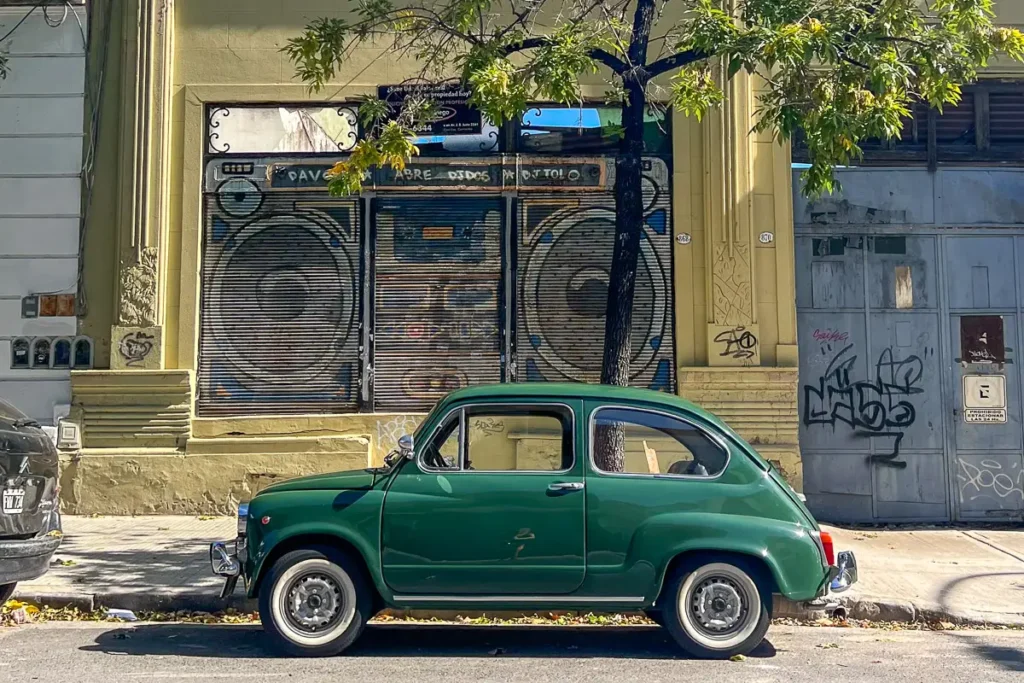Welcome to Buenos Aires — a city that’s both European and Latin American, modern and nostalgic, loud and peaceful, all at the same time.
This is not a city you can fully understand at first glance. With each neighborhood, street corner, and café table, Buenos Aires reveals a new layer. Here, you might find neoclassical buildings next to glass towers, tango music echoing near a protest, or a quiet square just a block away from one of the busiest avenues in the world.
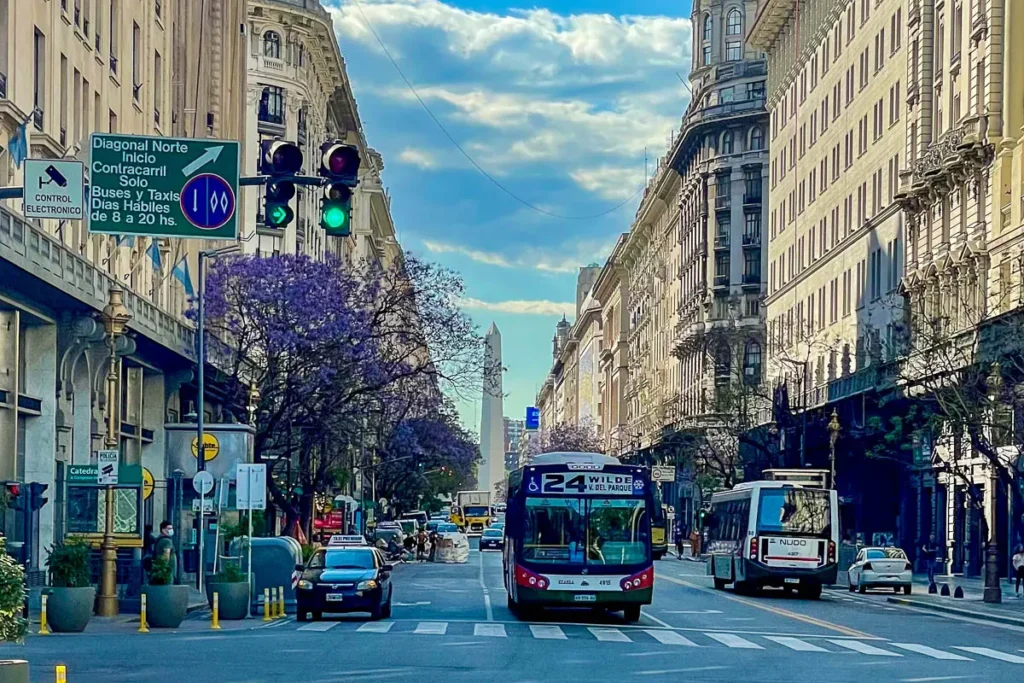
Table of Contents
So, how do you start exploring it?
Each route will help you:
Discover the best of each neighborhood, from highlights to hidden corners.
Understand its history, identity, and atmosphere.
Know where to go, what to do, what to eat, and where to grab a good coffee (or a drink).
These guides work for anyone — whether you’re walking, biking, or joining a local tour.
What’s in this guide?
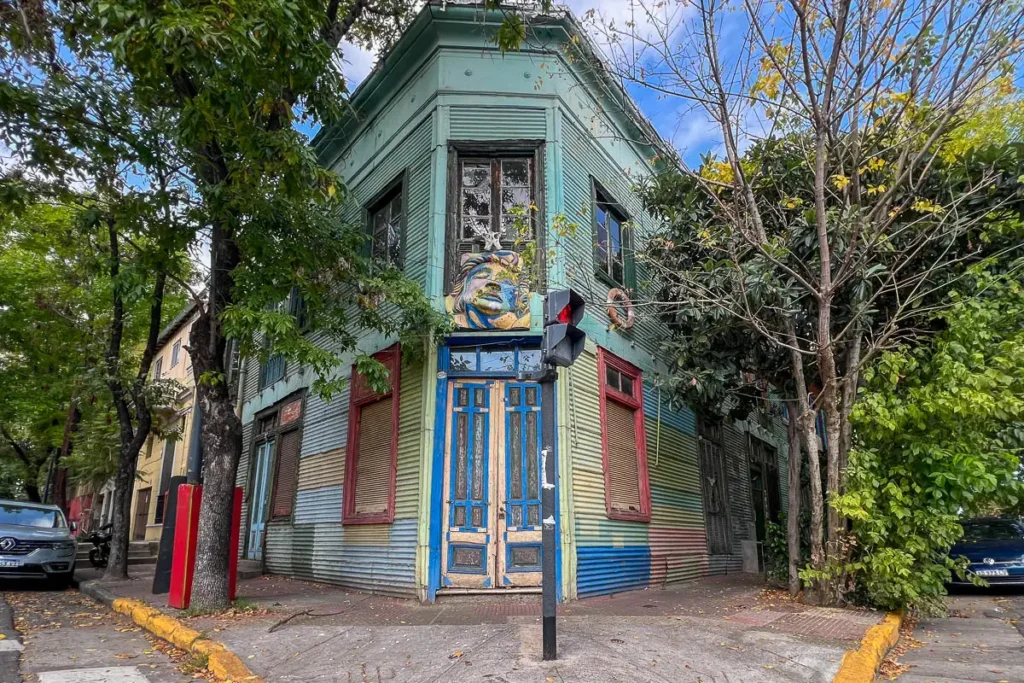
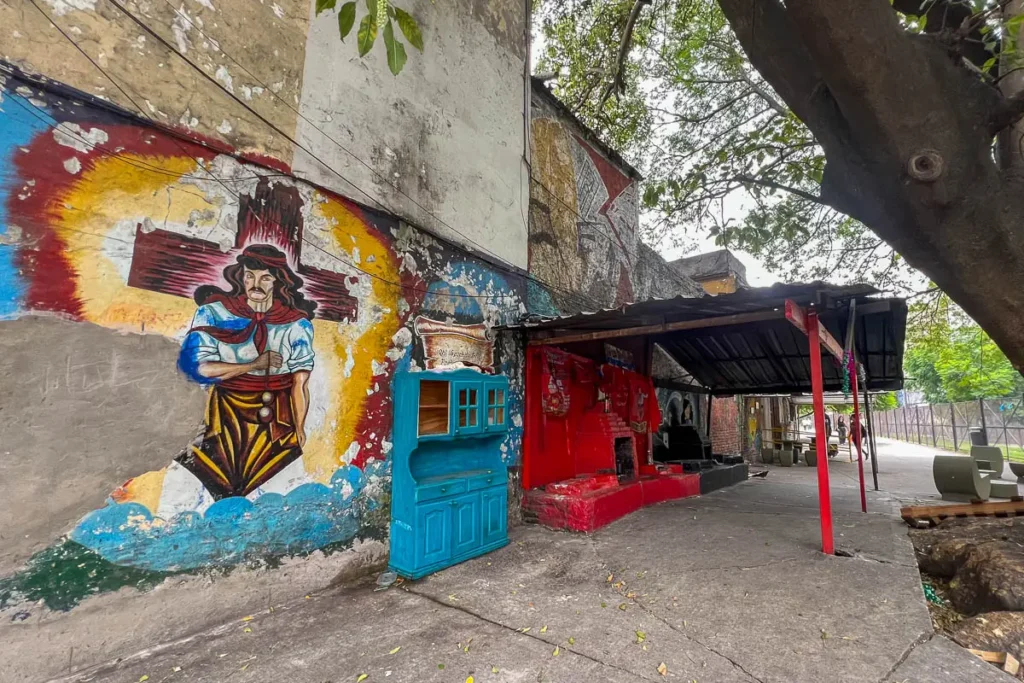
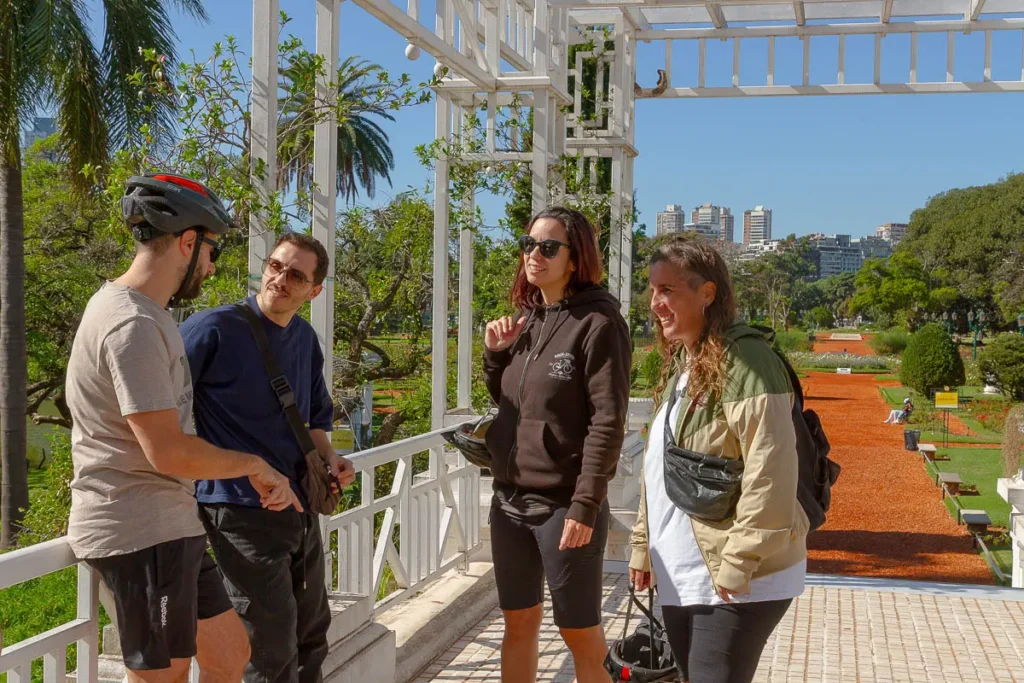
Start Exploring: Choose Your First Route
We’ve crafted four main routes to help you explore Buenos Aires area by area — plus one extra guide with bonus tips to enrich your visit. Click on any image below to dive into a neighborhood and start planning your own experience.
